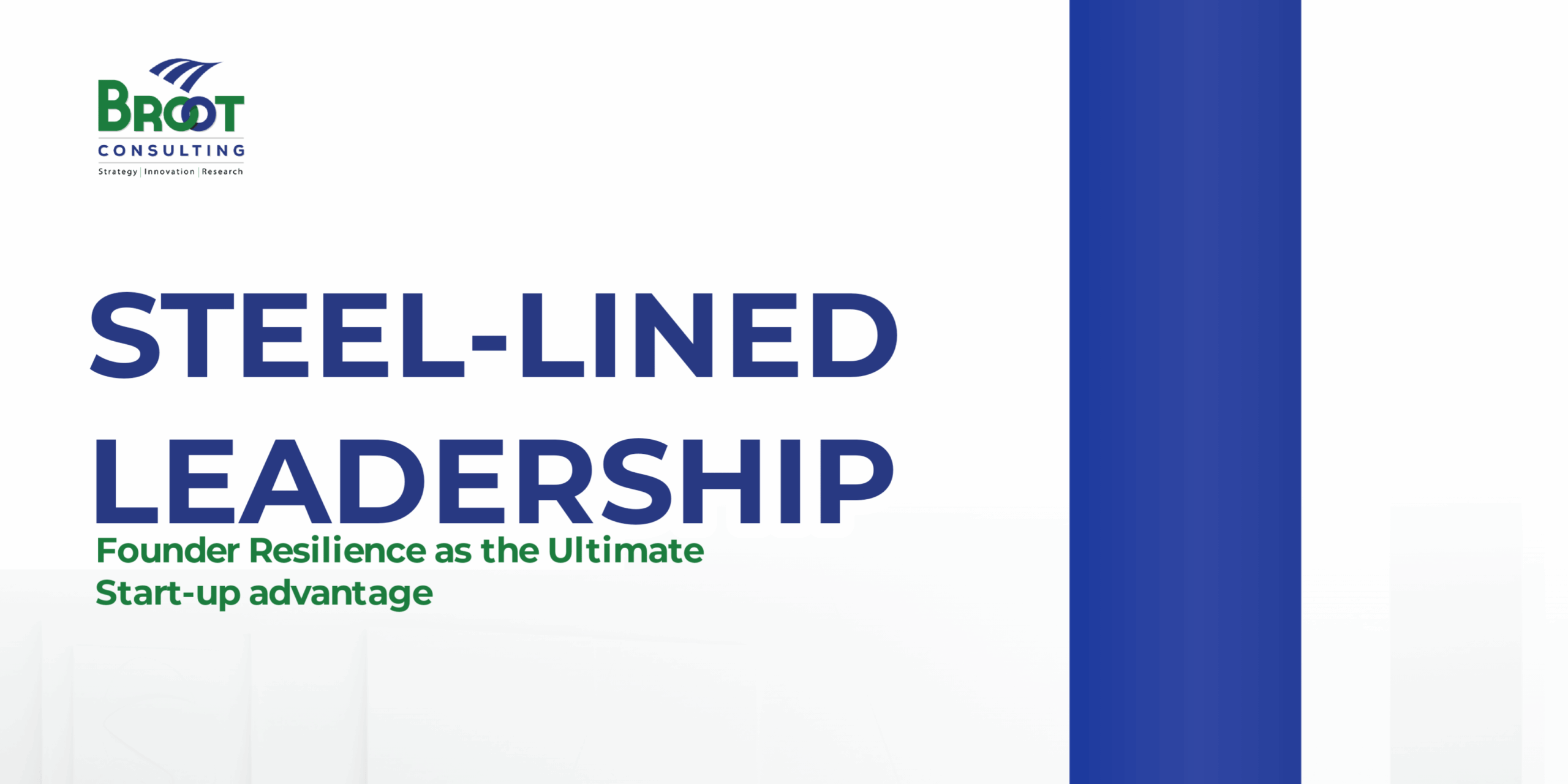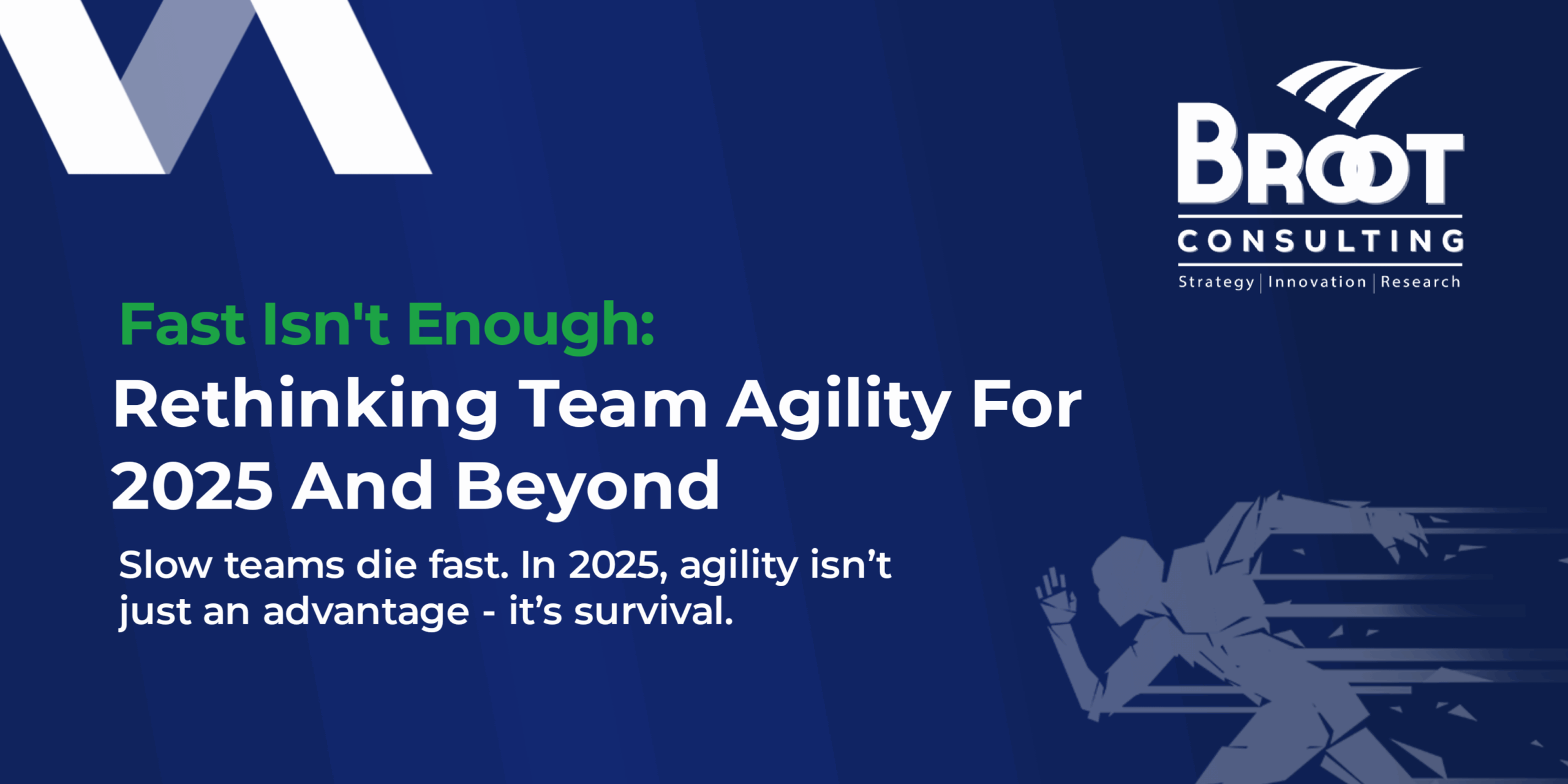Everyone wants to be engaged or involved in things that affect their lives. This is why it is a big deal to have our say in decisions made by governments, organisations or our families. However, while we want to actively participate in what affects us, we often find it very hard to grant others the same privilege? Why does it seem so unnatural to allow others to have a say in what impacts their lives as we design solutions for them? Often times we cover this “shortcomings” thinking that we know what is good for them and pretend that we have their interest at heart. Therefore, the beneficiaries of our policies, products or services are denied the rights of being involved in designing through their own experiences, those values that matter most to them.
In our families, how often do our kids have a say in the choices we make for them? Do we regard their input in determining the schools they attend, the clothes they wear, the courses they study and as they grow older, the choice of their life partners? How do we obtain the curricula in our education systems? Will our education remain the same if students were involved in the design of the curriculum used in teaching them? How often do citizens feel left out with respect to policies, regulations and interventions? Are employees completely involved in how we design their jobs and roles? Are they sincerely happy with it? Do you involve your customers/users in designing their own experiences as they use or consume your products and services? Failure to follow this process leads to misalignment between the value we create and the one they require.
So how might we co-create with users in order to give them a great experience?
Coming to Terms with Today’s Users
Unlike their counterparts in the past, today’s users are thoroughly informed. The conventional approach of creating products or services for them without properly engaging them leaves gaps in the value we create for them, co-creating with them empowers them to positively promote the brands that they were a part of. The co-creation methodology increases our abilities to generate deeper insights, develop innovative ideas, leverage on opportunities that were hitherto overlooked and most importantly increases productivity. This method enables businesses to increase profitability, reduces risk, and minimise capital requirements because our projects and products will be supported by a global network of enthusiasts.
What exactly is Co-creation?
The dynamic and complexities in the market space and the unstoppable advancement in information technologies are factors that call on businesses and individuals to reinvent how they work. The emphasis should be more of trust, transparency and collaborations with everyone within the ecosystem. A system that ensures that no one is left behind, a process that involves users at every stage of the solutions that is designed and the value that is created for them is known as co-creation. It is the engine that fuels innovation. Co-creation compels you to step out of your comfort zone and demand that you give power to your users. It beckons on you to embrace and harness divergent ideas. It allows your users to be at the centre of attention, using their collective wisdom to directly or indirectly improve your performance and achieve your goals. Embracing the co-creation methodology can be very daunting especially for organisations with rigid cultures. It is the same for establishments that lack democracy and decentralization. Co-creation works when you are open to complete culture transformation and a mindset that constantly challenges the old-fashioned and rigid custom that unknowingly inhibit innovation.

How can you Co-create with your Users?
Co-creation demand that the co-creative enterprises intimately focuses on customer experience and create an atmosphere of an open platform that allows users to be active participants in designing the experiences they want in a product or services. Co-creative enterprise ensures active interaction among stakeholders, establishing a platform that engages your stakeholders and ensuring a network of relationships that make ideas flows freely. Co-creative enterprises do not see users as too demanding, unreasonable, unappreciative or unclear in their demands, they rather see them as critical assets that brings the best out of a system. Co-creation has been actively deployed by some of the leading lights in innovation. Let’s take a glimpse at how co-creation has been used in product and services.
Co-Creation at IKEA
From the very beginning of their existence, IKEA, the giant Swiss company has been consistent in the use of collaboration in creating solutions. They have a strategy that mandates them to co-design their products with their customers. In 2018, the company launched a digital platform called “Co-create IKEA” The platform enables the company to source innovative ideas globally from users and fans. Highlighting the power of co-creation, Johan Ejdemo, the Ideas & Exploration team Lead at IKEA, explains:
“When I was a cabinetmaker, I would come to people’s homes and talk with them… Together, we looked at their needs, the problems they wanted to solve and how the solutions could play a role in their lives. Interestingly, when we looked at problems and solutions together, we would come up with more ideas.”
IKEA’s mission is to create a better everyday life for their customers and fans, this they achieved by visiting customers’ homes to see their products in use and also empathically listen to their needs and wishes and proffering solutions to their everyday problems. IKEA saw putting people first as the most powerful way to explore those everyday problems. after all, Users are the experts in their life at home.
Co-Creation at LEGO
Lego is the combination of two Danish words “leg godt” means “play well”. This global company was founded in 1932 by a Danish Carpenter Ole Kirk Christiansen, who started making wooden toys after he lost his job during the great depression. Today the company is a global powerhouse for fun and innovation and one of the reasons is its culture of co-creation. Lego has grown from the company that produces the famous toys for kids to that organization that create materials for business managers in building prototypes and generating ideas. Though a thoroughly traditional company, LEGO has attained the enviable status of becoming a leading light in using co-creation to grow ideas and develop innovative products. With its 2.5 million LEGO online community, the company is able to generate incredible insights. Ideas submitted to its platform must get at least 10,000 support votes, after which the LEGO team will review it and develop it into a new product. What is more? Credit is given to the creator/developer who gets mentioned on all packaging and marketing materials and also gets to receive 1% of the revenue. LEGO is a demonstration of the power of culture transformation.
It has not always been rosy for this company. With the rapid diffusion of digital technology, LEGO was rapidly losing its advantage, by the end of 2003, the company growth has stalled. It recorded a loss of $228 million on a turnover of a bit over $1 billion. Its cash flow was negative and industry watchers predicted its imminent collapse due to threats from digital games coupled with the dilution of its brand and overextended product lines that made them stray away from their core offerings and the abandonment of their traditional customers. However, by January 2004 the company appointed a 35years old former McKinsey consultant Jørgen Vig Knudstorp as the new CEO. Without any prior executive experience, Jorgen seized the opportunity, identified the core problem of the company, transformed the process and reinvent the company. LEGO’s growth and innovation strategy was majorly driven by its fan base thus taken its innovation processes over the roof.
Co-creation in the World of Service
Everything we do is about service and when it sulks it becomes very frustrating. How do you co-create your services offering? In the service industry, education and healthcare which are major bedrock of any society are still very slow in the adoption of co-creative strategy, perhaps because of the hierarchical nature of the industry. However, the rapid advancement in technology place power in the hands of patients and students. They are now well informed to distinguish between mediocre teaching and caregiving, they easily cross-check the knowledge of their teachers, the relevance of the curriculum and the quality of care they get.
As competition grows, there is a need that those in this sector embrace radical transformations that place the power in the hands of the users. Physicians and Teachers need to develop a comprehensive understanding that gives a satisfying experience to their customers, establish the confidence that allows users to entrust their future (in terms of what they become) and the lives into the hands of the educators and caregivers. In the current era of constant disruptions, students should be seen as co-producers of the educational experience rather than see them as mere consumers of knowledge who have no active role to play in designing the knowledge they receive. For healthcare, Hardyman W, Daunt KL and Kitchener M. in their article, observed that a collaborative approach to medicine can lead to improved efficiencies, better clinical outcomes, increased patient satisfaction and trust. These will definitely facilitate greater capacity for medical research. The ultimate winners are the patients and families who benefit from optimally designed services because they are properly integrated in care delivery.
Conclusion Co-creation is not just the way of the future but the way of the now. The fears of some executives in embracing co-creation process because of fear of losing control, the tendency towards chaos, confusion or anarchy is completely unfounded and such claims stifle creativity. Co-creation unifies teams and various stakeholders. It makes users feel valued and transforms them into great ambassadors of the company and this, the company gets for free without having to pay exorbitant money to social influencers. The true brand ambassadors are the users and when they have great experiences, the executives get rewarded for it. Co-creation enables deeper insights and enlarges the array of ideas. It is the strategy for the future. After all, who else is a better judge of how good a product or service is, if not the users?




